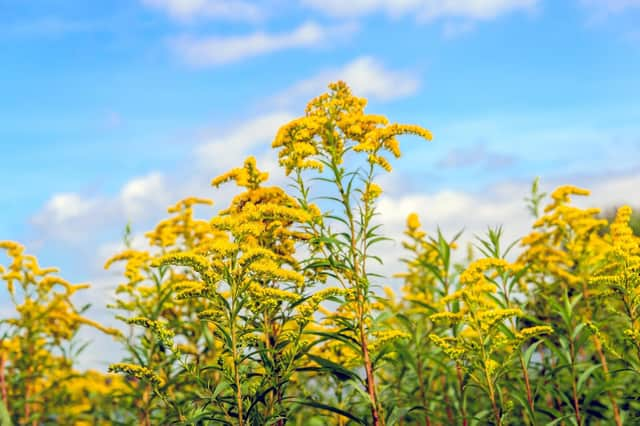GARDENING: Brian Kidd springs back into action after that long, miserable winter


If the ground's not too wet now's the time to divide plants otherwise, if left in the same spot for more than three years, stems become overcrowded and colours are not as bright as they should be. This is because the plant has used up minerals in the soil. But we can rectify this by lifting clumps, dividing them and replanting straight away.
This operation calls for a pleasant day fairly soon. March is ideal.
Advertisement
Hide AdAdvertisement
Hide AdRemove a few clumps completely. Set them aside in a wheelbarrow or on a path, laid out on a large sheet of cardboard. This allows space for the area to be dug over to the full depth of a garden fork.
The soil should be broken down as work proceeds and well-rotted manure incorporated. You can buy small amounts of this at garden centres. Break it up and lightly work into the top four to six inches of soil, not dug into trenches as recommended for vegetable growing.
Now the soil should begin to dry. If it's heavy or is clay, apply a heavy dressing of sharp sand, about two to three inches deep, over the top and work into the top four inches. If you have already done this, you will know it transforms clay and is the cheapest way of improving heavy soils.
The clumps which were dug out can now be divided. Small plants such as hardy geraniums can be split using fingers and thumbs. Simply ensure each section has plenty of roots before splitting and it may be possible to make three out of the original one. If only one is to be replanted, the others can be potted up, grown on and sold for charity.
Advertisement
Hide AdAdvertisement
Hide AdLarger plants such as golden rod are more difficult to divide by hand but an easy methodis to use two garden forks. One is thrust into the centre of the clump, the other alongside so they're back to back. The handles are pushed together and the clump divides. The ideal size of a clump to be replanted is six to nine inches wide.Choose the outer parts with shoots, the centre part of the clump is often dead but certainly poor quality.
Once divided, it is much easier to remove white underground stems of bindweed, couch grass, ground elder and horse tail, all of which are difficult to eradicate in herbaceous borders. In large borders, replant the divided plants in threes or fives to ensure a good impact of flowers
The plants are now ready to be planted. Scatter Vitax Q4 fertiliser at a rate of four ounces per square yard over the surface and work into the top few inches of soil. All this forking over will make planting a lot easier, so it is worthwhile.
Support the plants immediately thrusting sprays of hazel around their outside. It doesn't look pleasing but the foliage quickly hides the sprays and they still use this method at Kew, Ventnor and Wisley.
Advertisement
Hide AdAdvertisement
Hide AdTo finish the job, the soil is forked yet again so all areas of compaction are broken up. It's another job done and '“ yes, I am doing this job at home and I reckon it will take about eight days to complete!
THIS WEEK'S TOP TIP
If you're short of greenhouse space look in your garden centre and you should find shelf brackets which slot into the upright glazing bars. It's cheaper to buy wood to fit on top of the brackets. Metal shelves are expensive.